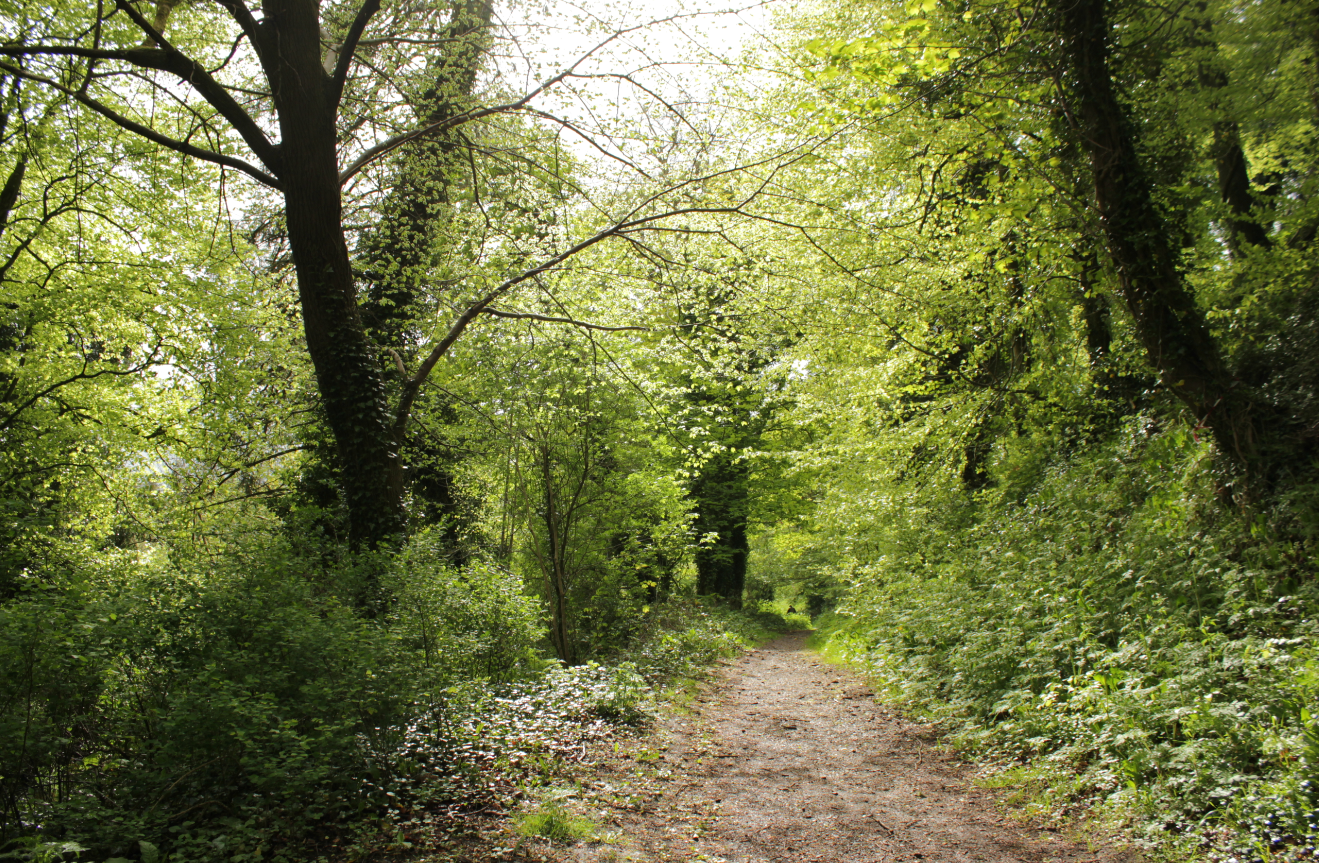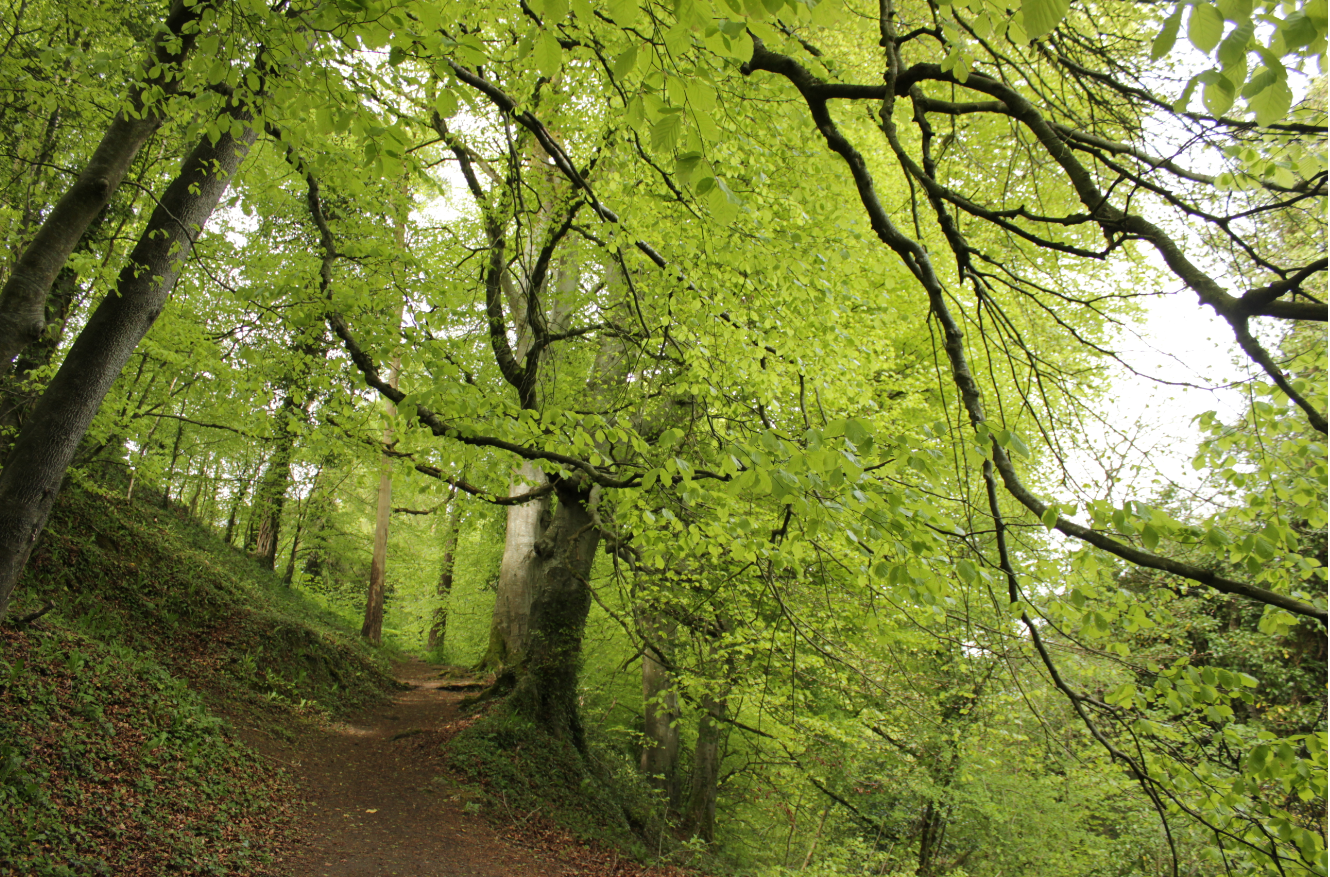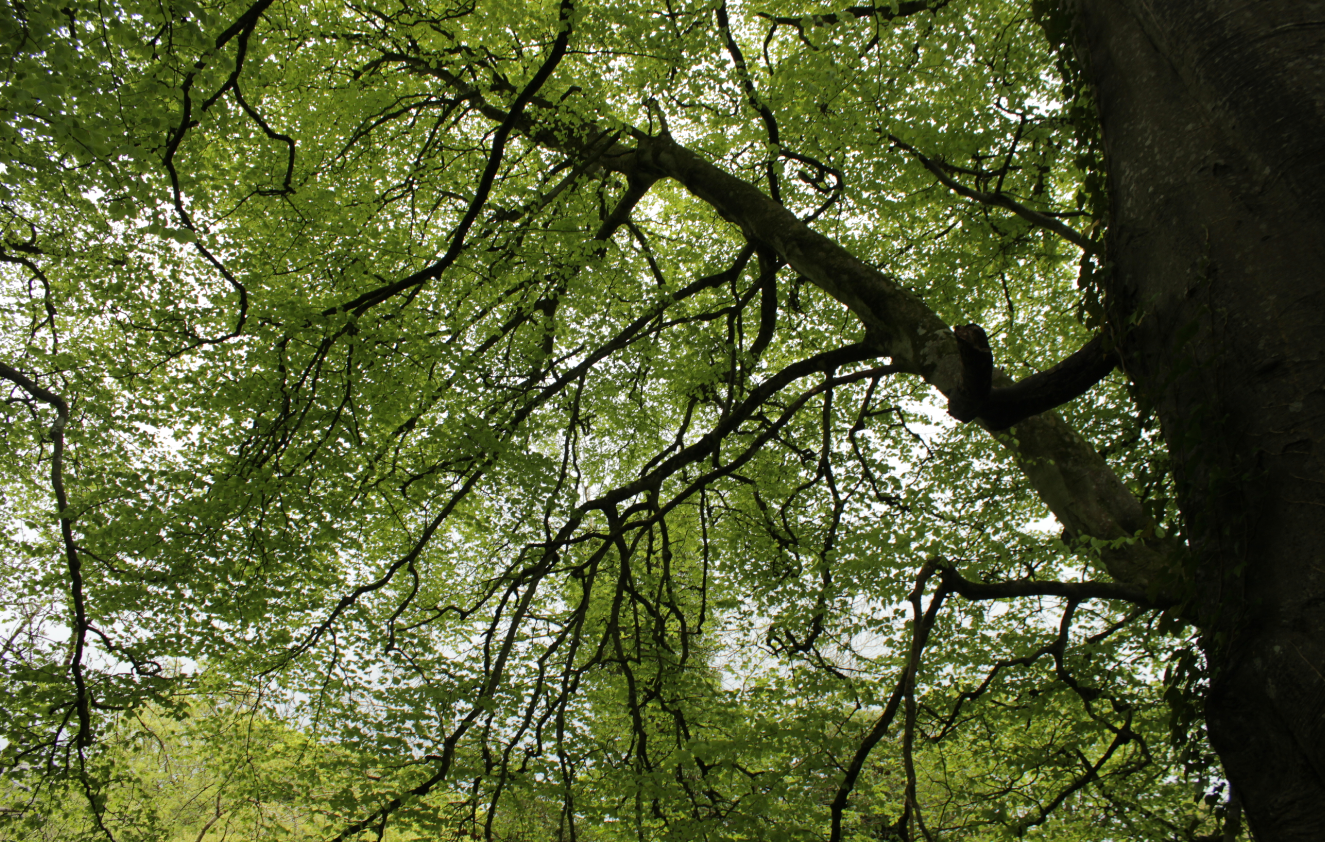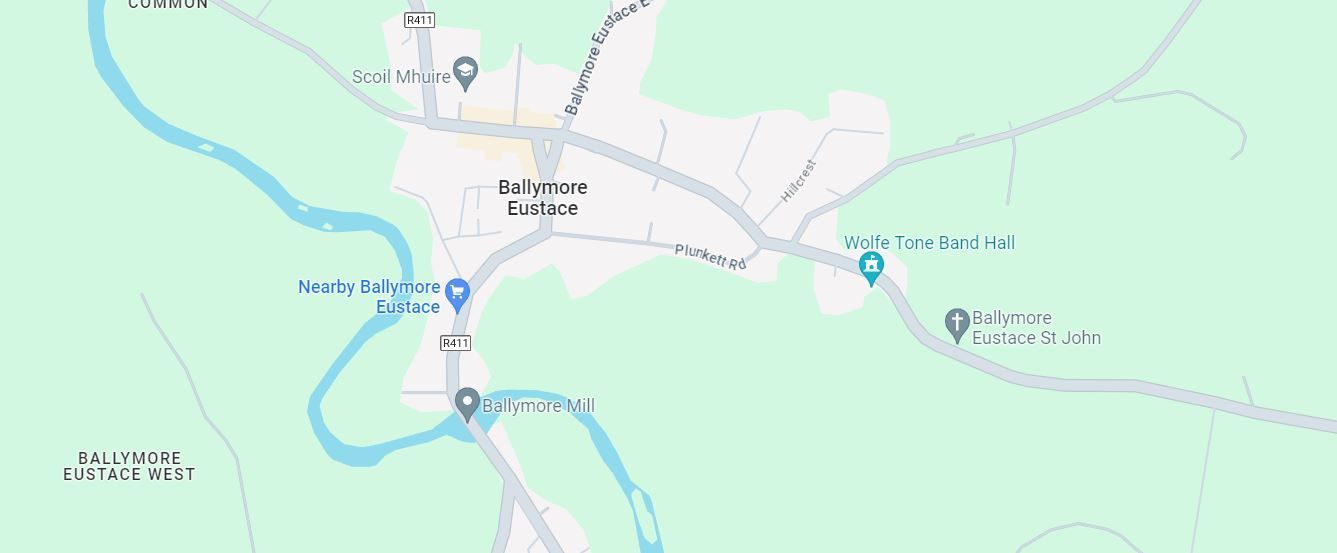
Artisan Pot Still Whiskey.
Artisan Pot Still Whiskey.
Ballymore Mill is a private conservation project to build a whiskey house from the massive ruins of the old woollen mills, in Ballymore Eustace, Ireland. It is just one contribution to the worthy revival of artisan pot still whiskey making.
I am Harvey Appelbe, and this is the story of Ballymore Mill; my efforts to master the art of pot still whiskey making through the uncompromising and relentless pursuit of perfection. No compromise. No superfluity. No waste. A mission; to make the best possible pot still whiskey with genuine integrity, from the ground up.
I will share (here and other platforms) what I have been trying to do for more than a decade, how I’m doing it, and why I’m doing it. I will try to cover everything; the conservation of these massive ruins, the history of whiskey and this site, building my own plant, and the many ins-and-outs of making great artisan pot still whiskey.
It is a massive passion project that is likely to take the rest of my life, one way or another.
Get In Touch
Ballymore Mill is a private conservation project to build a whiskey house from the massive ruins of the old woollen mills, in Ballymore Eustace, Ireland. It is just one contribution to the worthy revival of artisan pot still whiskey making.
I am Harvey Appelbe, and this is the story of Ballymore Mill; my efforts to master the art of pot still whiskey making through the uncompromising and relentless pursuit of perfection. No compromise. No superfluity. No waste. A mission; to make the best possible pot still whiskey with genuine integrity, from the ground up.
I will share (here and other platforms) what I have been trying to do for more than a decade, how I’m doing it, and why I’m doing it. I will try to cover everything; the conservation of these massive ruins, the history of whiskey and this site, building my own plant, and the many ins-and-outs of making great artisan pot still whiskey.
It is a massive passion project that is likely to take the rest of my life, one way or another.
Why Pot Still?
Why Pot Still?
Why Artisan Pot Still Whiskey?
150yrs ago, family-owned whiskey houses in Ireland produced the best whiskey in the world. Those Irish pot still whiskies outsold Scotch 3:1, before decimation by estrangement from the British Empire, American prohibition and WWII.
Irish whiskey shrank from 93 distilleries to just one commercial distillery, fighting for a place in a global whiskey market dominated by blended Scotch. The factors that made Irish pot still the best whiskey in the world haven’t changed. Ireland still has a mild climate, quality tillage, and a tradition of artisan distilling. The obstacles that crippled pot distilling have melted away. Ireland has recovered economic strength and market access.
Artisan pot still whiskey is overdue a strong revival.
Why Ballymore Mill?
The site of the old woollen mills has the perfect conditions to make great artisan pot still whiskey; fresh potable spring product water, abundant cooling process water, cheap mains gas, and thermally massive stone buildings arranged in a secure complex.
A whiskey house is also the perfect sustainable new use for this heritage site. Good conservation practice
suggests craft whiskey has the least impact while promising the most sustainable future. Traditional whiskey operations cherish the aesthetic value of heritage sites' features and require minimal intervention.
I think Ballymore Mill is the perfect place to make great pot still whiskey, without compromise. With help from friends and family, I have spent a decade conserving the buildings while building skills and plant to make the best possible pot still whiskey.
Slide title
Write your caption hereButton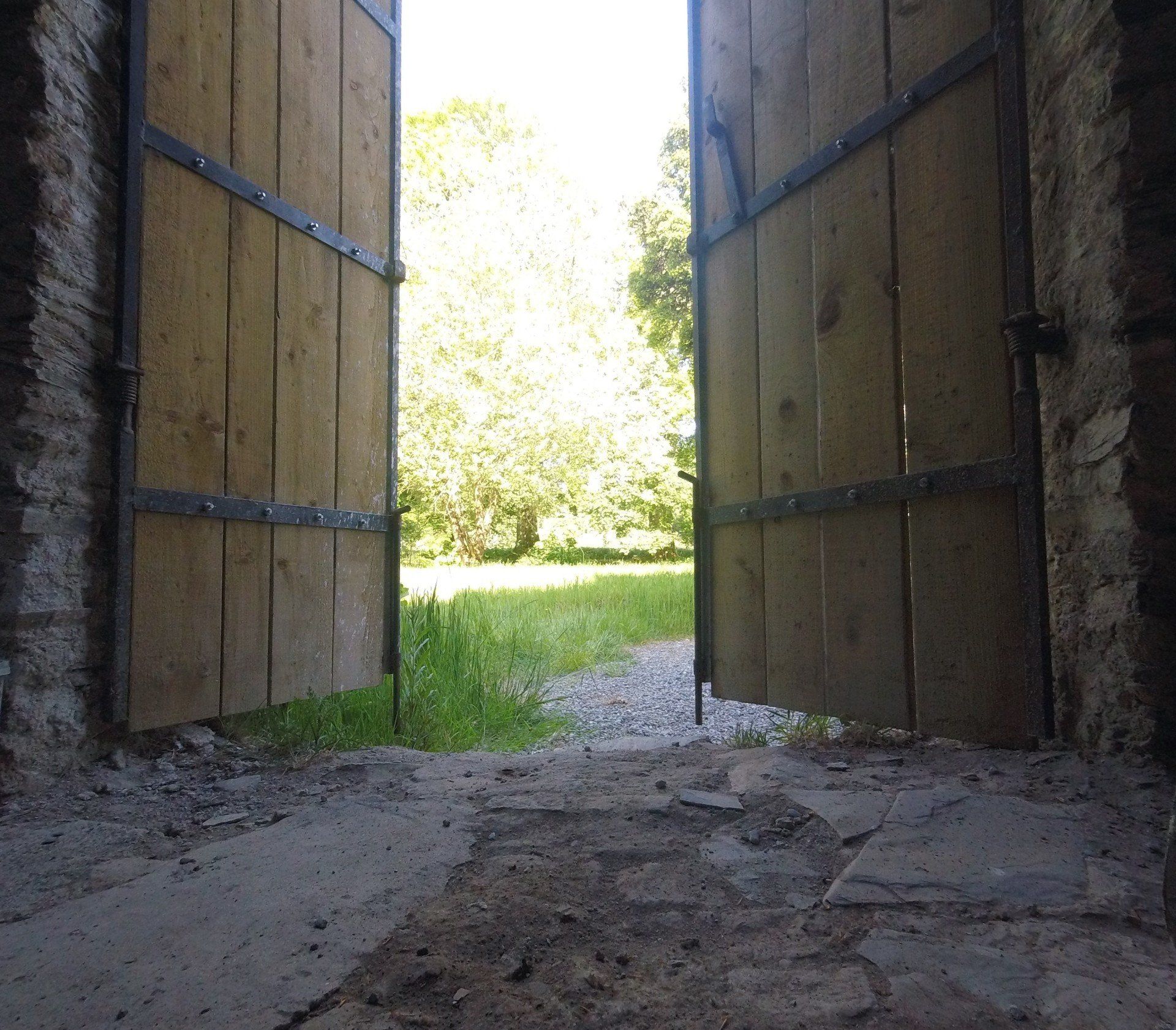
Slide title
Write your caption hereButton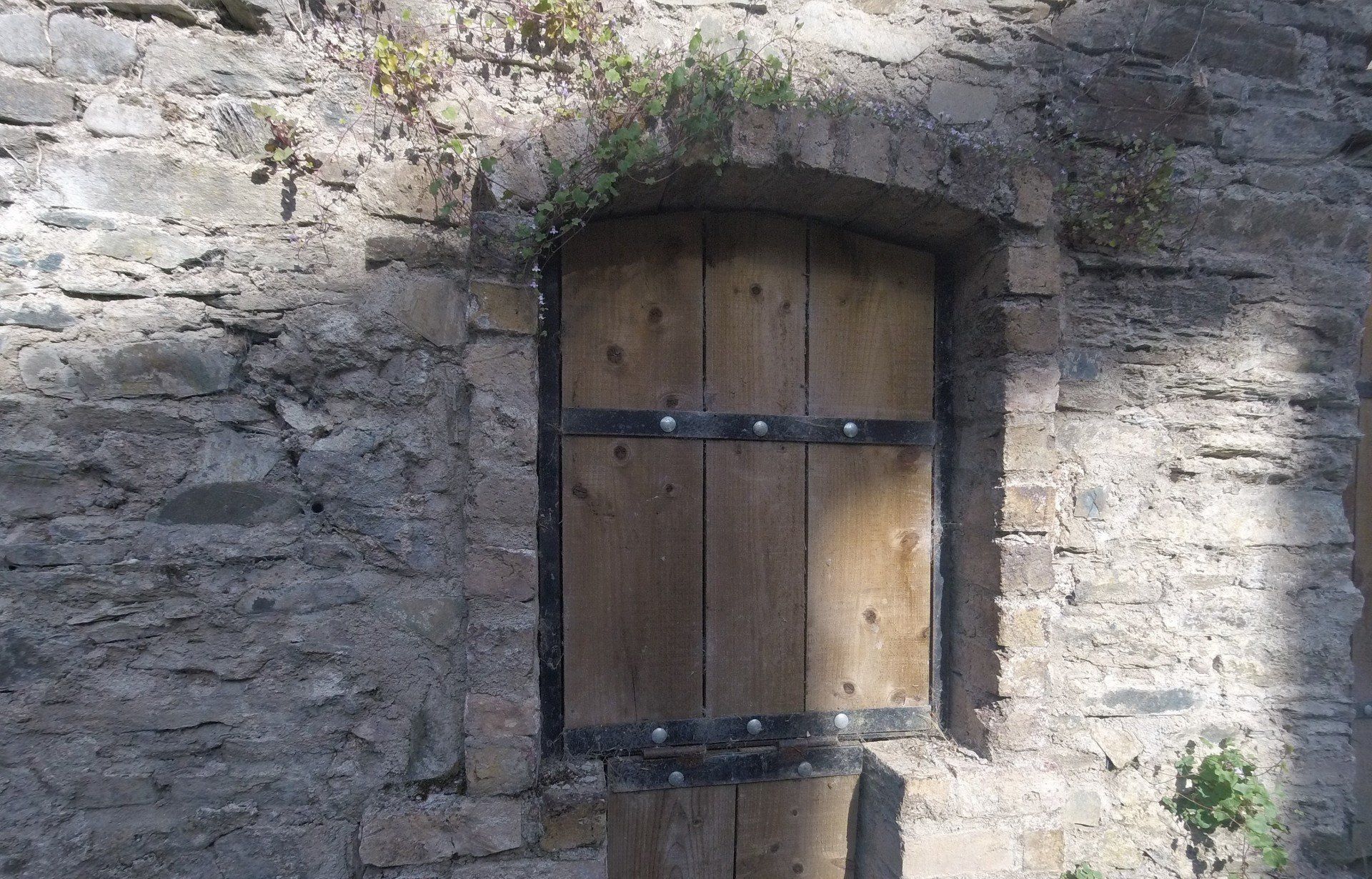
Slide title
Write your caption hereButton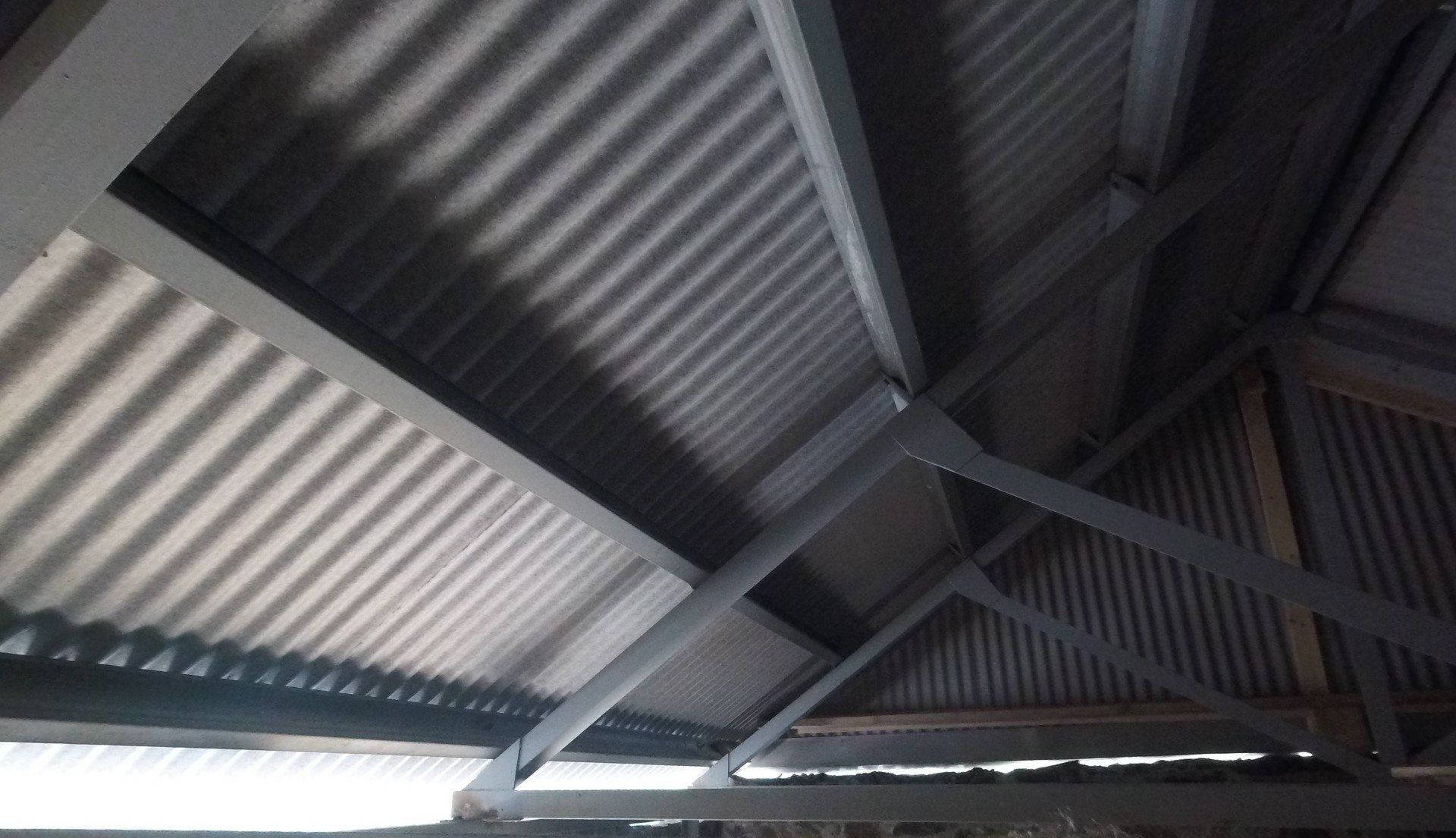
Slide title
Write your caption hereButton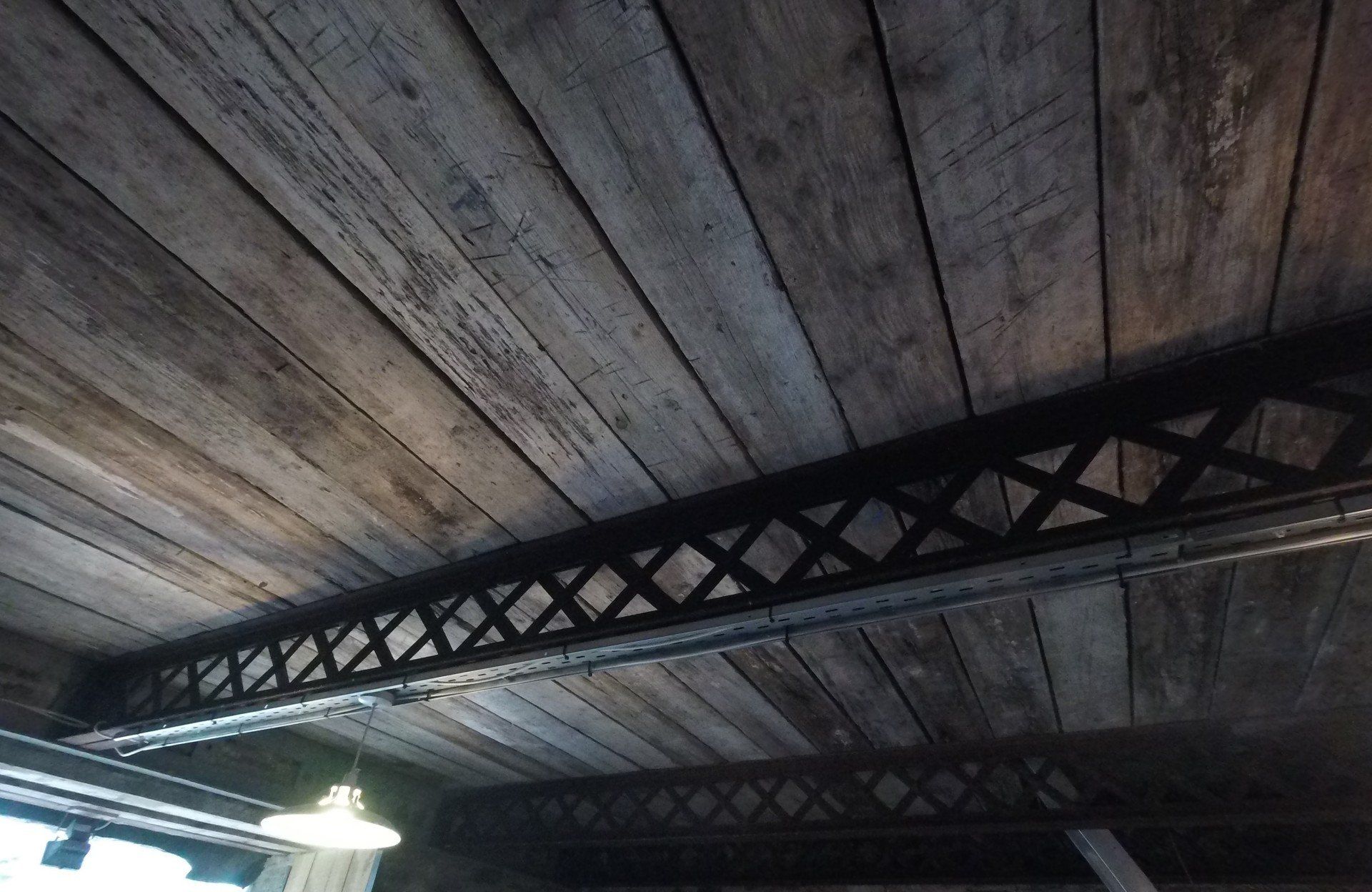
Slide title
Write your caption hereButton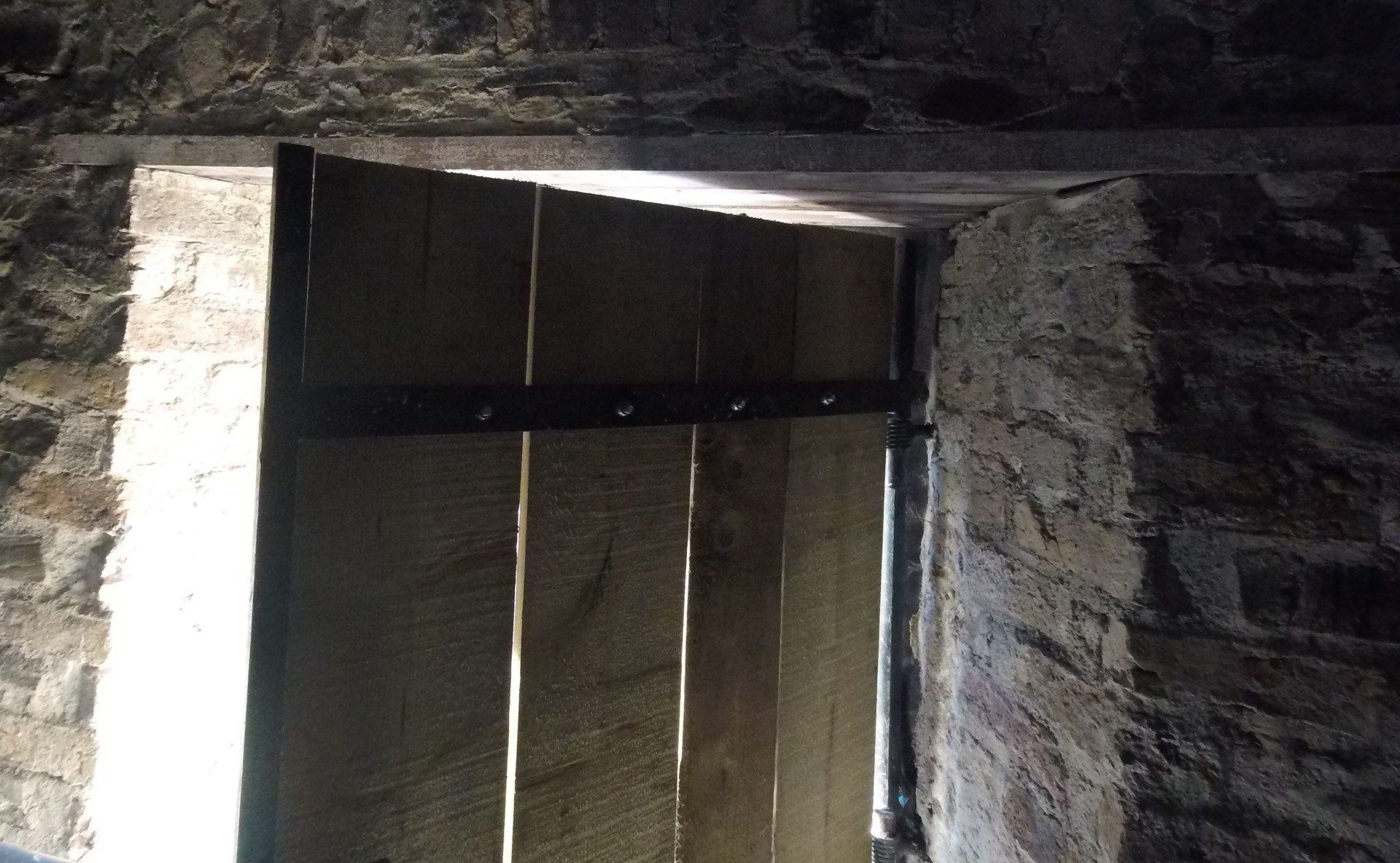
Slide title
Write your caption hereButtonSlide title
Write your caption hereButton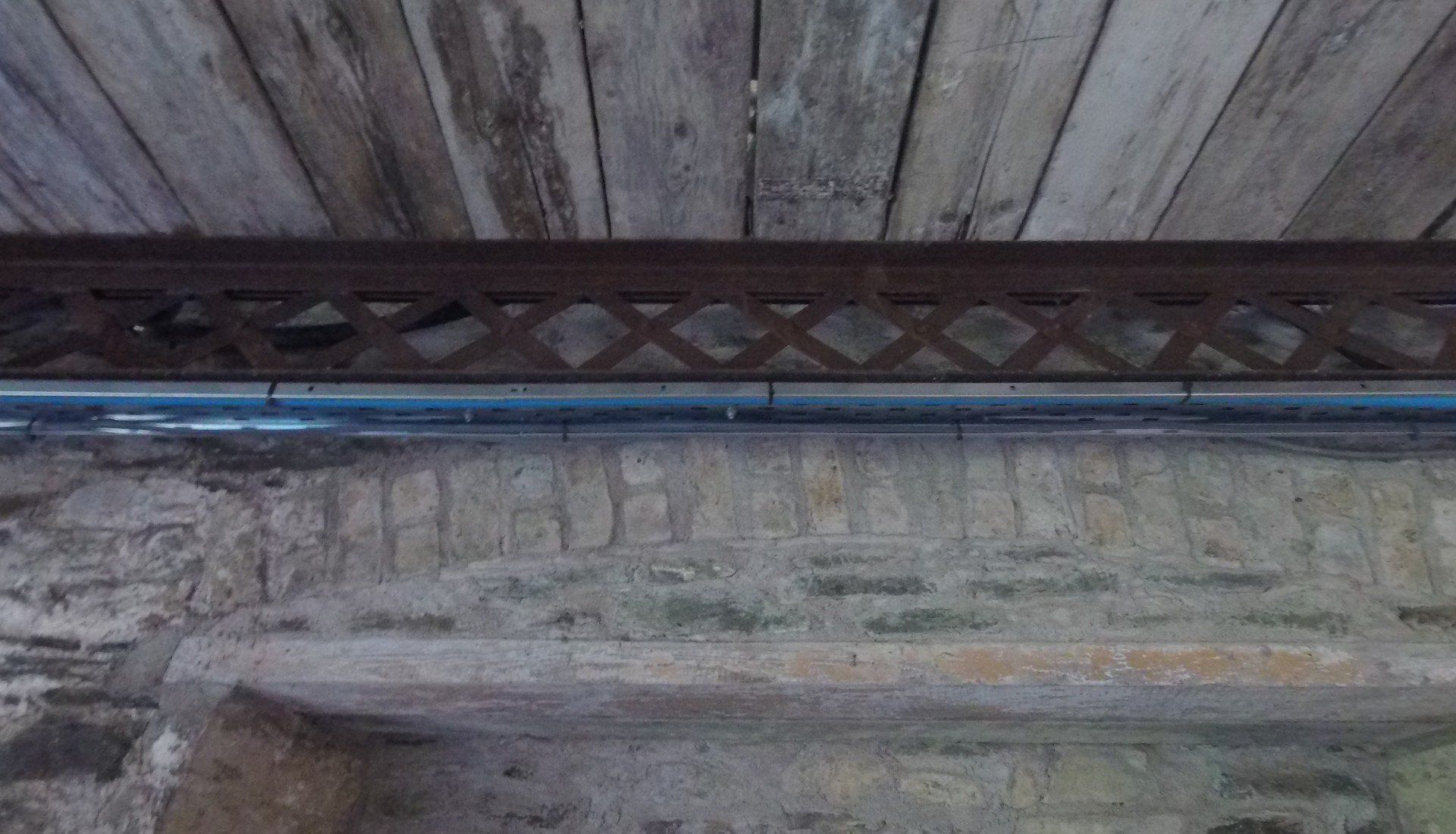
Slide title
Write your caption hereButtonSlide title
Write your caption hereButton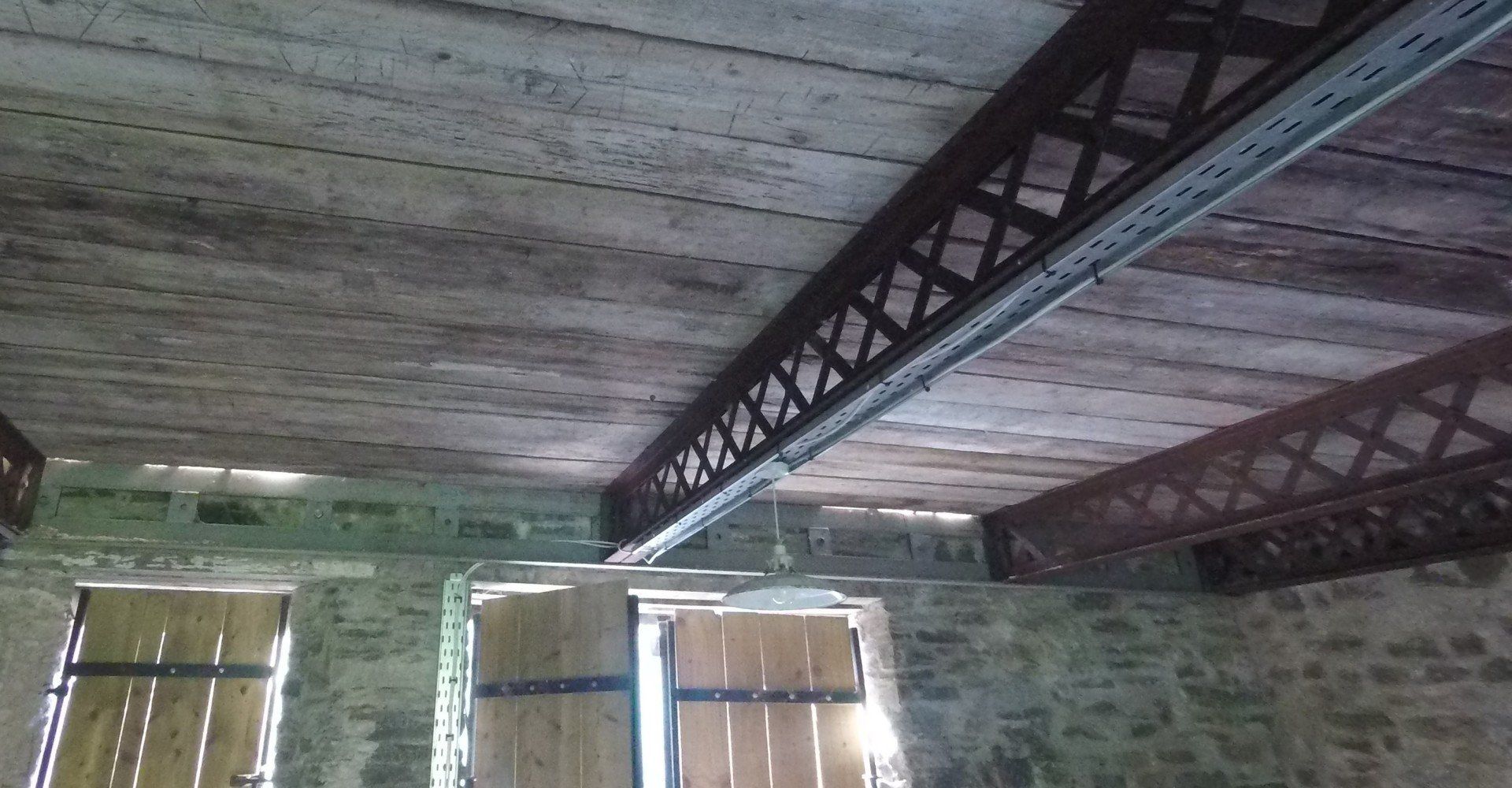
Slide title
Write your caption hereButtonSlide title
Write your caption hereButton
History
History Of Ballymore Mill
Ballymore Mill pre-dates 1180 and probably the Norman invasion of 1167-71. It was already in need of renovation in 1373 when it was to be returned by Thomas Fitz Eustace 'styff et staunch'. By 1468 the annual profit reached £10, although was likely damaged in the 1572 Gaelic / Norman rebellion. In 1760, maps show some of the current buildings standing.
Major expansion of site occurred from 1802 following Irelands membership under the Act of The Union, when the corn mill, tuck mill and kiln were taken over and converted to wool milling. Some 700 souls and 150 machines worked at the factory by 1815. Ending of the Napoleonic War brought about a slow decline. By 1853 the site had three water wheels each 10 horsepower, although much of the machinery lay idle. There was a small revival of fortune, and a few awards, by 1882, but the 1901 census shows the mill largely redundant. Only 4 locals worked here by 1911 and in 1914 all production ceased. The machinery was taken out by horse and cart and sold in 1924.
For the next century the remaining 12 buildings lay idle, suffering the ravages of time and neglect. Until 2013.
Ballymore Mill
Ballymore Mill
Massive Buildings
There are now 8 massive stone industrial buildings, totaling c.4,500m3 of heritage industrial space, capable of housing up to 11,000 casks.
Located close to Dublin
Sitting between the N81 and N7, Ballymore is just 45mins drive from both Dublin Airport, and Dublin city centre.
Easy access
The single road entrance off Chapel Street has been realigned to permit HGV access.s.
Perfect conditions whiskey aging
The massive thermal ballast of the stone buildings, combined with exceptionally humidity makes this site perfect for cask whiskey maturation.
The site is nestled a deep hidden valley, cut by the adjoining river Liffey, surrounded by mature woodlands and mill water courses.
Secure
The steep valley terrain flanked by the river Liffey means there is only one route in and out. The site is manned at all times and CCTV is utilised throughout the site.
Eight centuries of history
The buildings impart their own unique sense of history earned over 850 years of industrial heritage.
A heritage that is etched into the very fabric of the buildings where it can be read today.
Low energy & emmissions
The design exploits the inherent strengths of these massive buildings to reduce and recycle energy, keeping a minimal footprint.
Other Services
The site is blessed with its own abundant natural spring water. It is also fully serviced with 3 phase electricity, mains gas and fibre broadband. w Paragraph
LOCATION
LOCATION
Ballymore Mill, Ballymore Eustace, Co.Kildare, W91 R832, Ireland
Ballymore Mill, Ballymore Eustace, Co.Kildare, W91 R832, Ireland
GET IN TOUCH
GET IN TOUCH
Contact us
Thank you for contacting us.
We will get back to you as soon as possible.
We will get back to you as soon as possible.
Uh oh, there was an error sending your message.
Please try again later.
Please try again later.
CONTACT US
Address: Ballymore Mill, Ballymore Eustace, W91 R832, Ireland
Mail: info@BallymoreMill.ie
Mail: info@BallymoreMill.ie
Insta: @BallymoreMill
YouTube: @BallymoreMill
WALKING AMENITY
The owners permit limited and condition access for walkers to enjoy the grounds as an amenity. There is no access to the buildings.
VISITING
The owners occasionally host tours of the site, not least during heritage week. Please get in touch.
